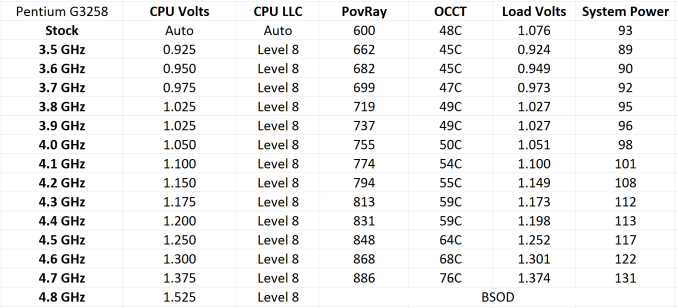Built a budget PC for the 1st time for some emulation and I need help overclocking the CPU. I joined the Asus rog forums but it doesnt let me post yet. Here are my parts:
Asus Maximus VI Impact
Pentium G3258
HyperX FURY Series 8GB (2x 4GB) DDR3 1866MHz CL10 DIMM
Be Quiet Pure Power L8-CM 430W PSU
Gets a bit confusing with voltage adjustment and ram speed. Is overclocking suite recommended or BIOS? I have a stock cooler and hoping ro reacg 4.2 ghz though Ive read some managed higher.
Asus Maximus VI Impact
Pentium G3258
HyperX FURY Series 8GB (2x 4GB) DDR3 1866MHz CL10 DIMM
Be Quiet Pure Power L8-CM 430W PSU
Gets a bit confusing with voltage adjustment and ram speed. Is overclocking suite recommended or BIOS? I have a stock cooler and hoping ro reacg 4.2 ghz though Ive read some managed higher.



